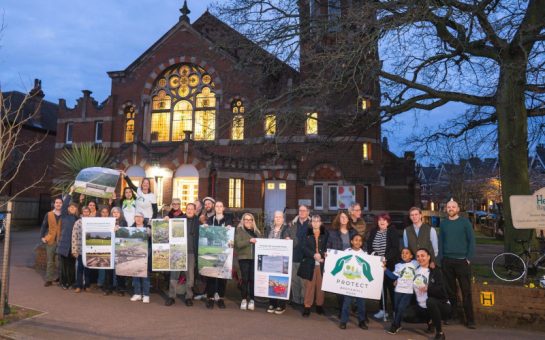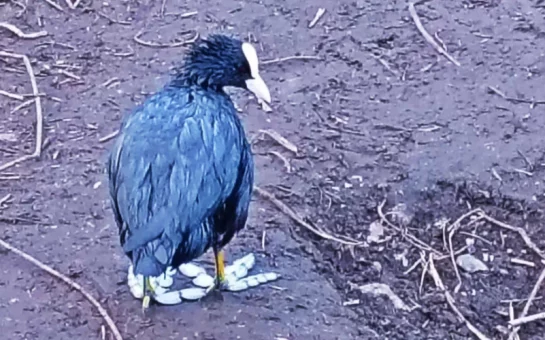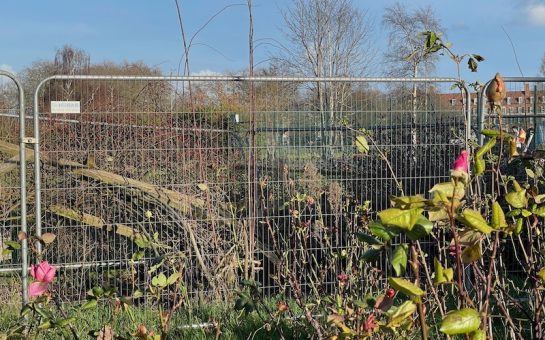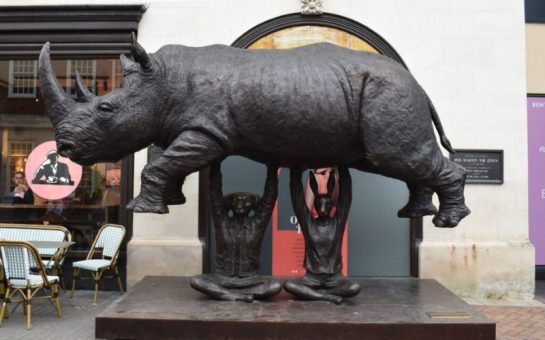![]() By Jacqueline Shepherd
By Jacqueline Shepherd
January 17 2020, 17.40
Follow @SW_Londoner
Ask people to picture a bird watcher and they will probably describe a white solitary middle-aged male in an anorak.
But there is a growing faction of people who want you to see beyond the stereotype.
David Lindo, 56, also known as the Urban Birder insists that, although he is an anorak, he’s more Gucci than Primark.
“What I do is not just about birds, it’s about people, I want people to love their environment, love their neighbourhoods,” he said.
“It’s about caring and thinking, the flower pots on your window sill are eventually connected to the Amazon, the Congo, the Arctic, the Antarctic, it’s all connected.”
David, also a London Wildlife Trust ambassador, decribes Wormwood Scrubs as his home patch an area perhaps more commonly associated with the prison, football and rugby pitches.
However, among the scrubs are nature reserves home to lizards, more than 100 species of bird, 20 species of butterfly and occasionally David’s favourite bird the rare ring ouzel, usually found in the north of Scotland.
David carries out urban birding tours around the world, many of which cater to first timers, and his first London tour takes place this summer.
Like David, Kabir Kaul is passionate about the capital’s wildlife ‘hiding in plain sight’, so the fact they are fans of one another isn’t a surprise.
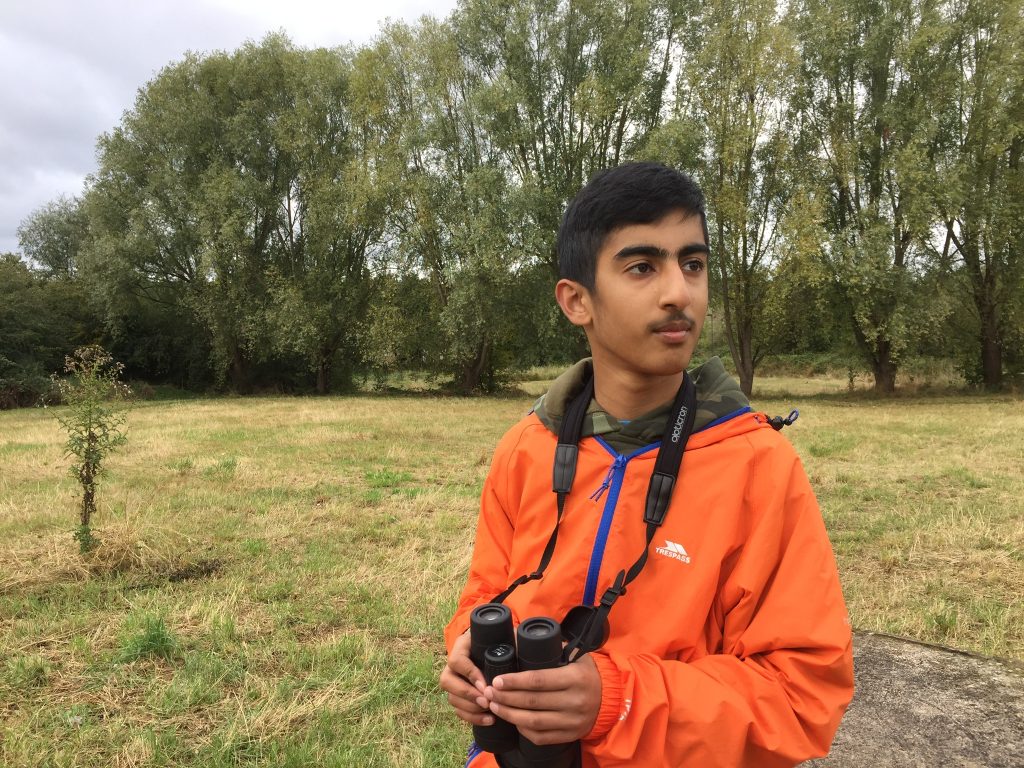
Picture courtesy of Gayatri Kaul
At just 14 -years-old and with TV appearances already under his belt, Kabir is earning quite a reputation among the nature community.
He said: “London has a vast array of habitats, which in turn supports a wealth of biodiversity. I like to call this the ‘Wild Side’ of London, and it can be found on every Londoner’s doorstep.”
Kabir who shares his passion on his blog points out that with a little imagination, no matter the size of outdoor space, there’s potential to see this wild-side up close.
He said: “In my experience, simply putting out bird feeders on your balcony or making a pond out of a container benefits biodiversity massively.”
Kabir enthuses about meeting like-minded conservationists from around the capital and will meet more when he guest speaks at the Keeping It Wild (KIW) forum, an initiative for 11 to 25-year-olds.
He added: “The main highlight I have had is finding how varied London’s habitat can be, from massive wetlands in Barnes, to wooded rail-sides in Lewisham.
“With this comes many species, including bitterns, snakes, hedgehogs and even seals!”
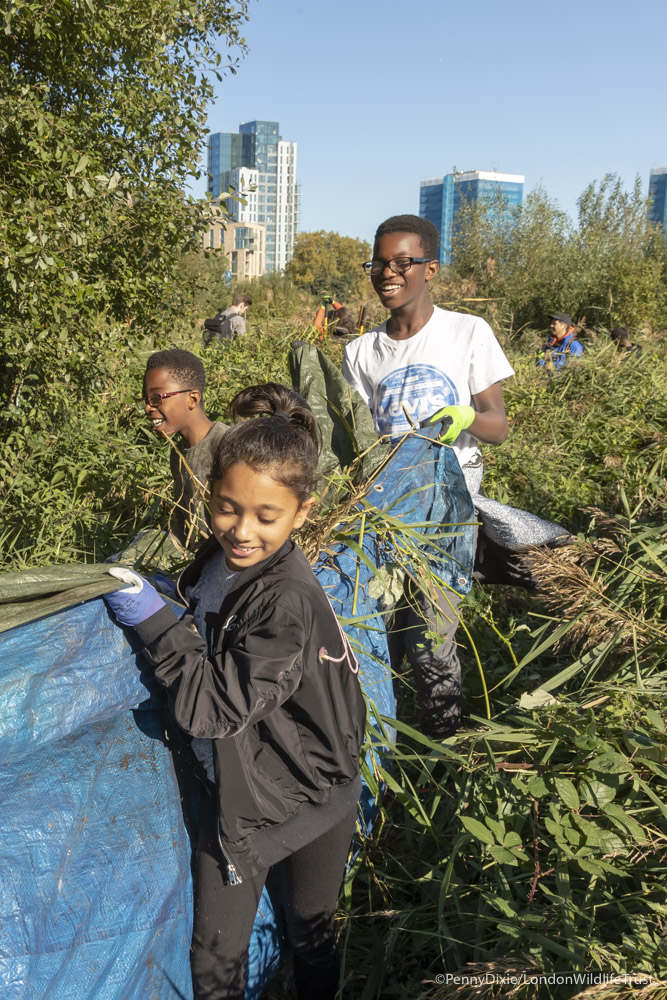
Picture courtesy of Penny Dixie / London Wildlife Trust
KIW is a strand of the Wildlife Trust, the only conservation charity dedicated to protecting and conserving London’s wild spaces, and currently has 37 nature reserves and thousands of dedicated volunteers and members.
Traditionally such heritage organisations and their reserves haven’t been the stomping ground of minority and underrepresented groups, but KIW are working to break down the barriers making this the case.
KIW project manager Emily Morshuis said: “We’re changing the mindset of ‘if we build it, they’ll come’ to ‘there’s a reason people feel this is something that’s not for them’.”
Through partnering with community youth organisations such as London Youth and Headliners, KIW have successfully enabled more than 300 young people, largely from minority and economically deprived backgrounds, to engage with the programme.
Violet Bennell, KIW communications officer said: “We’re really keen to ensure that as well as us obtaining lots of insights from the young people, that they’re gaining through the accreditation and being on the forum so we make sure that they’re getting something out of it.”
As well as being out and about discovering London’s green spaces, the young people offer KIW their knowledge by sitting on their youth forum and taking over their social media.
Barriers are broken down with paid traineeships, travel covered and ensuring those who may like what they experience are empowered to embrace it.
Featured image courtesy of Juliette Mills
